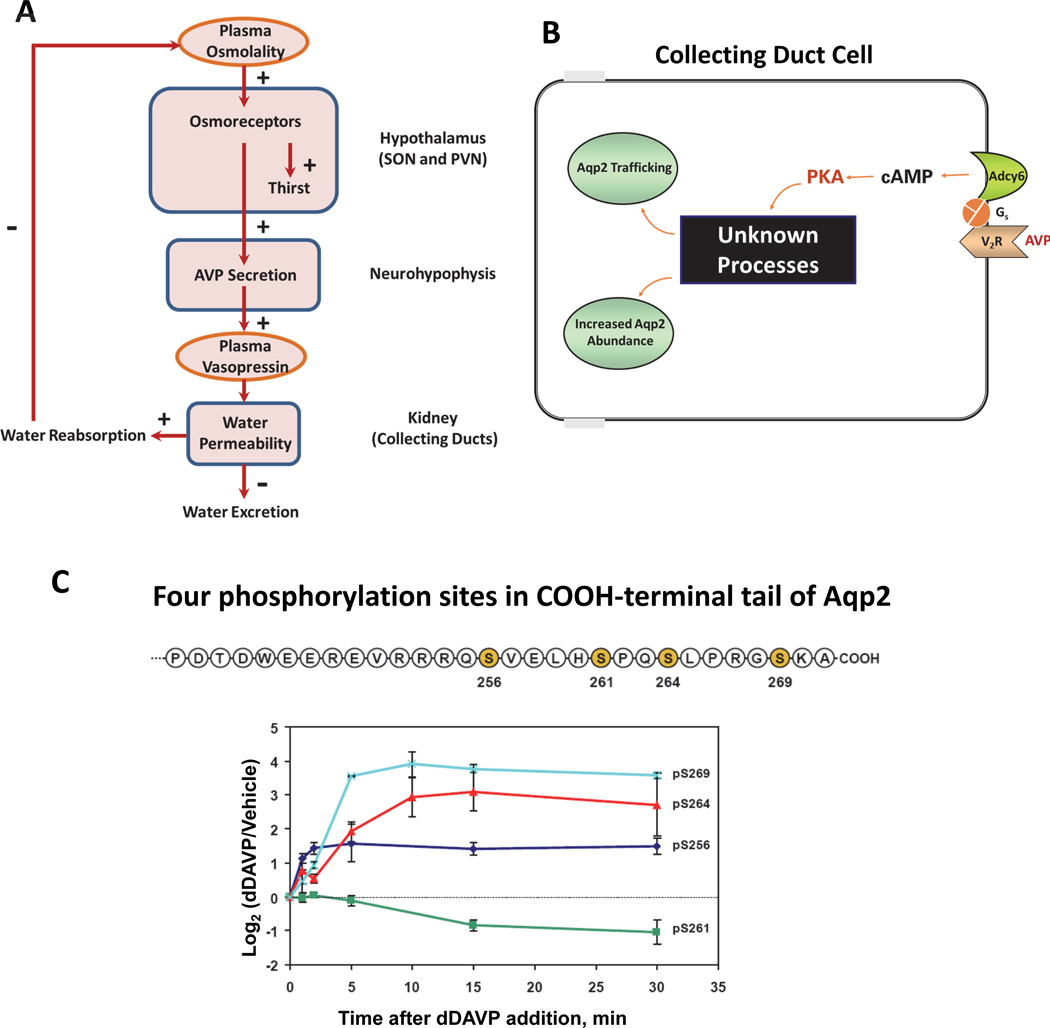Figure 1. Regulation of water excretion by vasopressin.
(A) Feedback regulation of water excretion and thirst. Plasma osmolality is sensed in the supraoptic nucleus (SON) and paraventricular nucleus (PVN) of the hypothalamus, regulating the secretion of arginine vasopressin (AVP) by the neurohypophysis (posterior pituitary) with concomitant regulation of thirst. The resulting increase in plasma AVP triggers actions in the kidney to increase water reabsorption from the collecting duct pro-urine to the blood, thereby lowering plasma osmolality. (B) AVP regulates water excretion by controlling osmotic water permeability in collecting duct principal cells. AVP binds to the vasopressin V2 receptor, which increases cyclic AMP production by activation of adenylyl cyclase 6 (Adcy6) via the heterotrimeric G-protein alpha subunit Gs. Elevation of cyclic AMP activates protein kinase A (PKA) that triggers increases in trafficking of the water channel aquaporin-2 (Aqp2) to the plasma membrane as well as increases in the total abundance of the Aqp2 protein. Identification of the ‘Unknown Processes’ that link PKA to regulation of Aqp2 is the main topic of this review. (C) A cluster of four phosphorylation sites in the carboxyl terminal tail of Aqp2 are regulated by vasopressin. Serines in positions 256, 261, 264, and 269 (shaded) were identified by Hoffert et al. (29). Immunoblotting with phospho-specific antibodies to each of the four sites showed that each is regulated by vasopressin although with differing time courses (30) (below).

